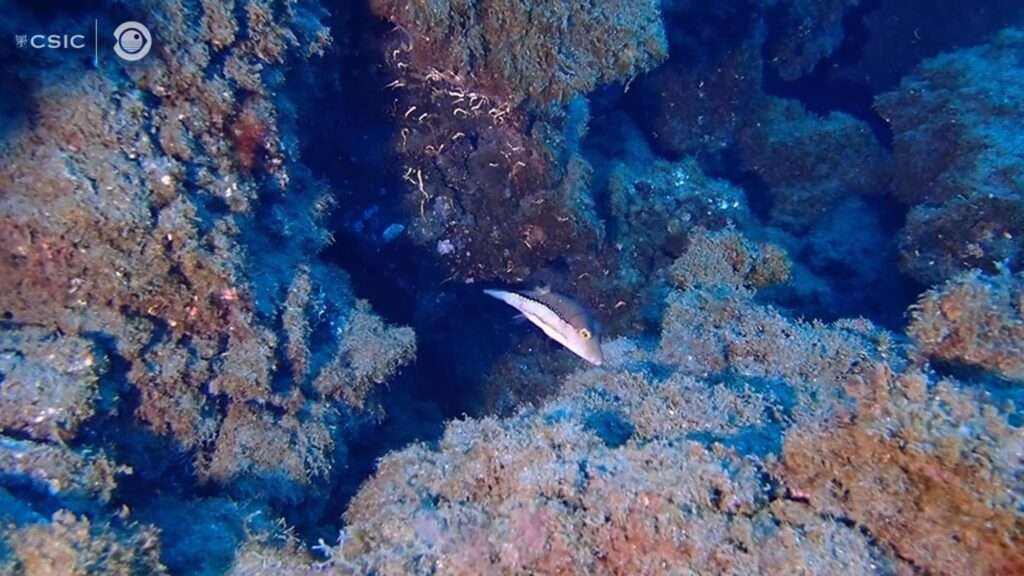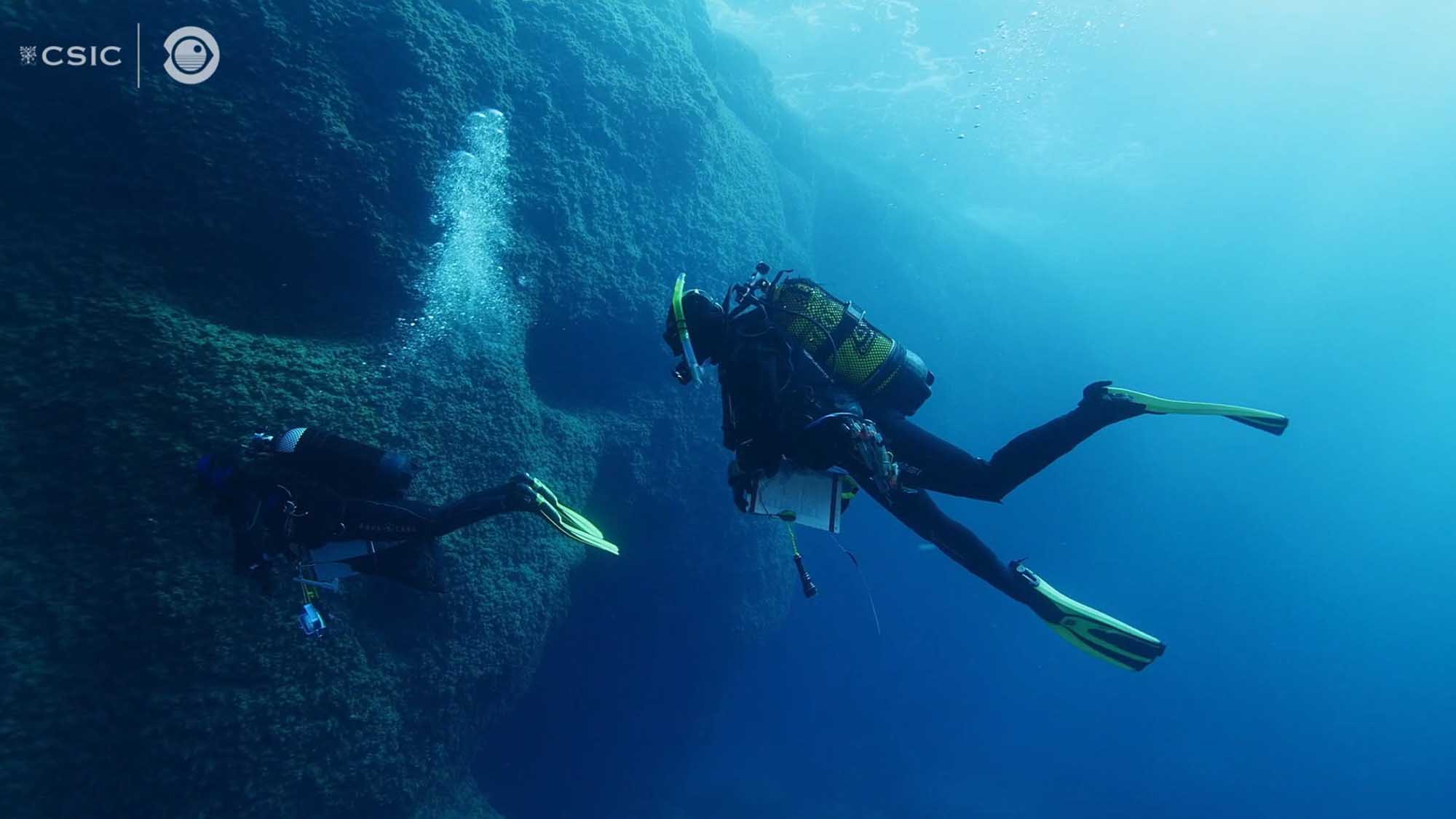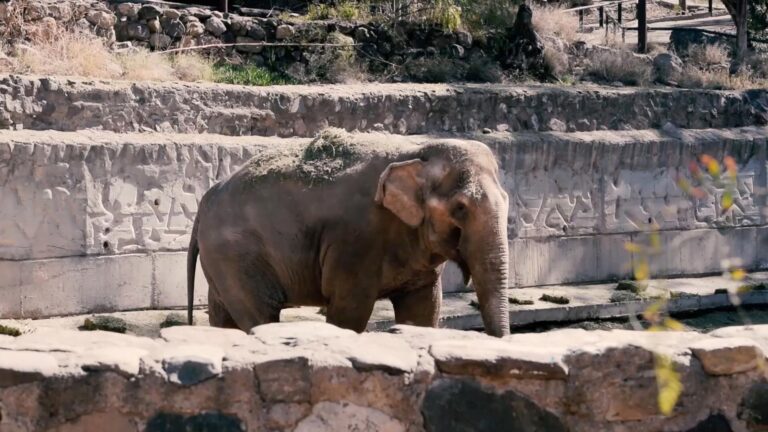These images show how coral off the island of the Spanish island of Palma de Majorca has miraculously survived despite being just centimetres from lava from the volcano that erupted last year.
The incredible underwater footage shows the seafloor teeming with life as scientists assess the impact of the volcano.
Fish can be seen interacting with their environment as the coral reef shows off its beautiful colours.
Newsflash obtained a statement from the Spanish National Research Council (Consejo Superior de Investigaciones Científicas; CSIC) saying: “More than 50 scientists from the Spanish Institute of Oceanography (IEO-CSIC), under the Ministry of Science and Innovation, have completed the first season of comprehensive monitoring of habitats and protected species on the Spanish coast with a campaign on the island of La Palma.
“These studies, framed in the Marine Strategies project, have concluded with the investigation of the benthic habitats of the Tajogaite volcano. Like the rest of the diving spots, the volcano will be visited every year by researchers to monitor the evolution of its fauna and flora.”
David Diaz, deputy scientific director of the IEO-CSIC (the Spanish Oceanographic Institute), said: “This commission is the largest study on a spatial scale of coastal habitats in Spain.”

The statement also said: “Less than a year after the end of the eruption, the two new lava deltas present a very high algal cover, not only fast-growing annual algae such as the genera Lophocladia, Cotoniella and Dyctiota, but also encrusting calcareous algae that, in some areas, have almost completely covered the new substrate.”
The scientists were surprised to see that even slow-growing species that are of special interest to conservationists, such as black coral, “have survived even being a few centimetres from the lava.”
They also observed “significant abundances of fish, urchins, crustaceans, and other mobile organisms”.
The authorities said that as part of the overall project, which included assessing Palma, they had carried out over 1200 dives, covering a large part of Spain’s coastlines, from the Mediterranean to the South Atlantic and the Canary Islands, to the North Atlantic.

To find out more about the author, editor or agency that supplied this story – please click below.
Story By: Joseph Golder, Sub-Editor: Marija Stojkoska, Agency: Newsflash
The Ananova page is created by and dedicated to professional, independent freelance journalists. It is a place for us to showcase our work. When our news is sold to our media partners, we will include the link here.




